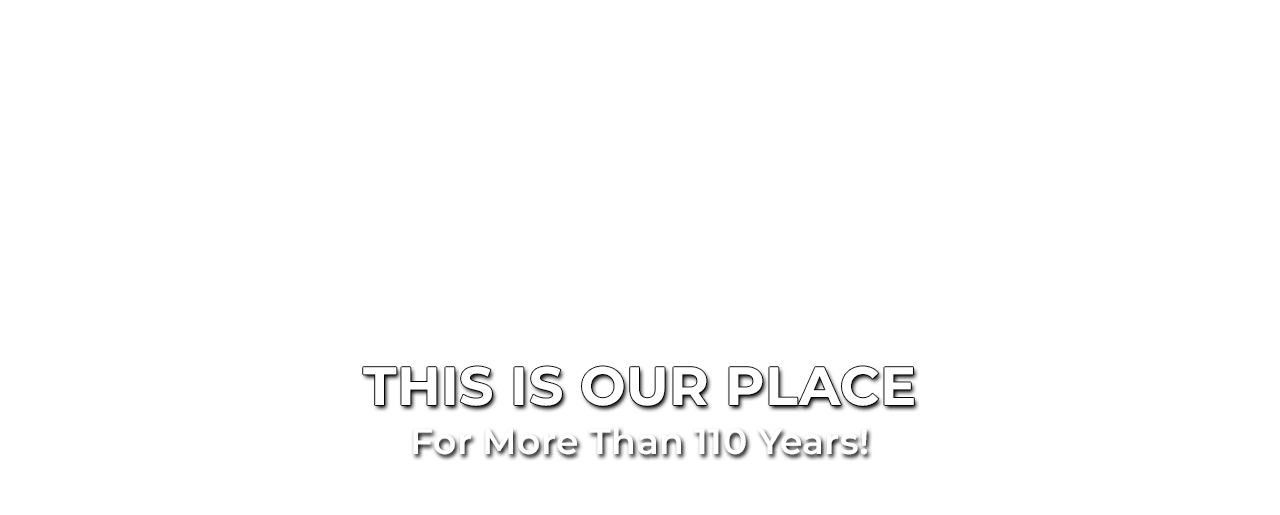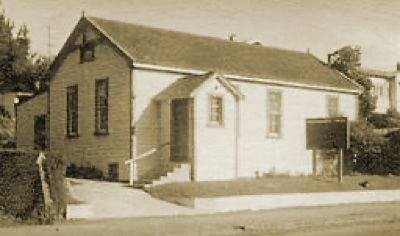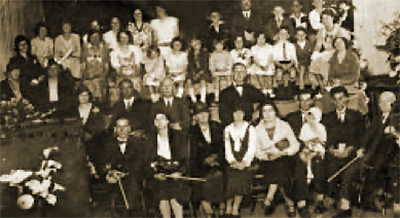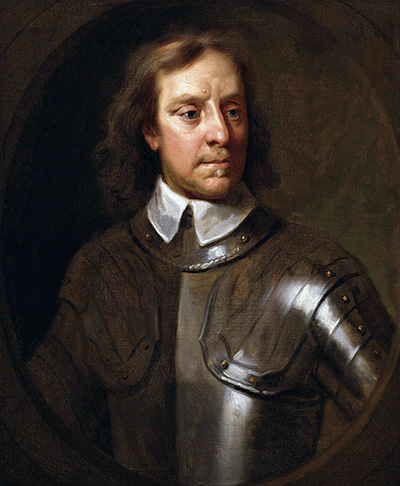
Three Kings’ History
Three Kings Congregational Church started as a Sunday School formed in August 1906 under Rev.W. Day who was involved in the Fellowship for 13 years. The Congregationalists were the first in the area starting with 56 students and 2 teachers in the Sunday School. The work progressed sufficiently to have its own building, which was opened in Oct 1907.
A Church Fellowship was formed in 1912 with 11 members, and received into membership of the Congregational Union of NZ in 1913. The building was then extended and three classrooms were added, the Sunday School having 94 scholars and 8 teachers.
TKCC Choir 1933
In 1946 the name of the Church was changed from Mt Roskill to Three Kings as a result of a district name change.
The 50th Jubilee was celebrated in 1957 with extensions to the Mt Albert Rd. side of the building being completed.
In 1959 there were 29 members and 103 in the Sunday School, due to the very strong youth work while Reverend. W.G. Murphy was minister. With the exception of Three Kings and a few others, most of the Congregational Churches became Presbyterian in 1969.
In April 1978, after difficulty in finding a suitable minister, the members agreed to approach the Bible College of NZ. Contact was made with Ian Hooker, a second year student. After much prayer, Mr Hooker was called and inducted as Pastor in Nov. 1978 and after further training was ordained in Feb. 1981.
In 1980 the house and property adjacent to the Church was purchased for future growth and was used for many diverse functions. Considerable improvement work has also been done on the property and all buildings over recent years. This included relocating the kitchen, and opening out the main worship area because of the larger number of people attending.
Reverend Ian Hooker served at Three Kings Congregational church for 34 years, one of the longer serving pastors at the same church in NZ.
In 2007 the church celebrated it’s centenary, with visitors coming not only from Auckland but from Christchurch, Northland, and even China – people who at some time in their life had been part of the work at Three Kings.
After many years of planning and seeking Resource Consent from the Auckland Council, a new building was erected on the site of the house purchased in 1980. The previous property had served us well but was in poor condition. Thus, it was demolished and a new general purpose single story building erected in its place. This building was officially opened in April 2010.
In 2012 Reverend Ian Hooker retired and after some searching in 2014 Paul Allen-Baines was selected to become the next Pastor of the congregation. Three Kings is a growing multi-ethnic suburb featuring new high density housing. Three Kings Congregational Church is well placed to provide a spiritual home for the suburb’s many new residents.
Congregational Church History
In The World
Congregationalism developed out of the desire of some Christian men and women in 16th Century England to worship in freedom, and as a church, to determine their own spiritual direction, without outside interference of either State/Crown or Spiritual Authority.
These Dissenters or Independents as they were then known, were actively persecuted by the then Queen of England (Head of the State Church of England), because of their “dissent from her authority.” Some even losing their lives. During those years, the largest Congregational churches were reputed to be those meeting in London prisons.
Many were forced to flee England, some going to Holland where they found greater freedom to worship.
The pull of the New World was strong, and in 1620, many brave pilgrims sailed from Amsterdam, (the most notable ship being the Mayflower) to Plymouth on the east coast of America. The Independents today are acknowledged to be the founders of the USA.
In England, the Independents found freedom under Oliver Cromwell (1599-1658, pictured) when he overthrew the monarchy and instated a Parliament to rule the land.
This freedom was short lived when Cromwell suddenly died, and repression returned again under the new King. The accession of “William and Mary” brought only limited religious freedom, but started the trend towards greater freedoms to come.
Congregationalists were involved in establishing the modern educational system, and also in the great “Evangelical Awakening” with Whitfield and the Wesley brothers.
The closing decade of the 18th century opened the era of modern missionary enterprise. The Congregationalists of the London Missionary Society providing many fine Christians to the mission field. LMS is well known among the Polynesian peoples as being the mission that brought Christ to the Islands.
In Aotearoa New Zealand
The first Congregational church in New Zealand was established by Revd. Barzillai Quaife at Kororareka in 1840.
He not only established a church, but the second newspaper in New Zealand. He later became a fighter for Maori rights, and was closed down by the government because of that role.
Congregationalism grew slowly over the following years. One major failure of the early leaders was to focus too much energy on large inner city churches, which all later suffered from the drift of people to the suburbs.
In 1969, most of the Congregational Churches in New Zealand became Presbyterian, seeking to establish one Church of Jesus Christ in New Zealand. The remaining Churches of the Congregational Union of New Zealand, stayed out of Union, to continue the long held beliefs of the Independents.



